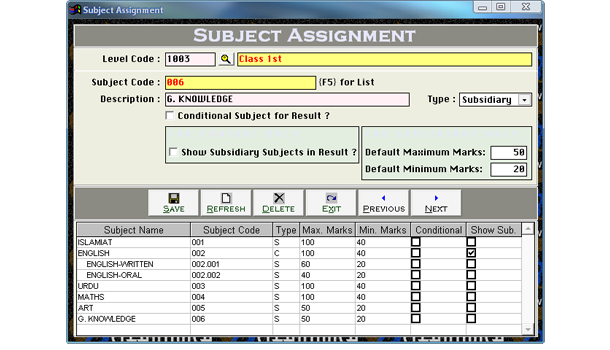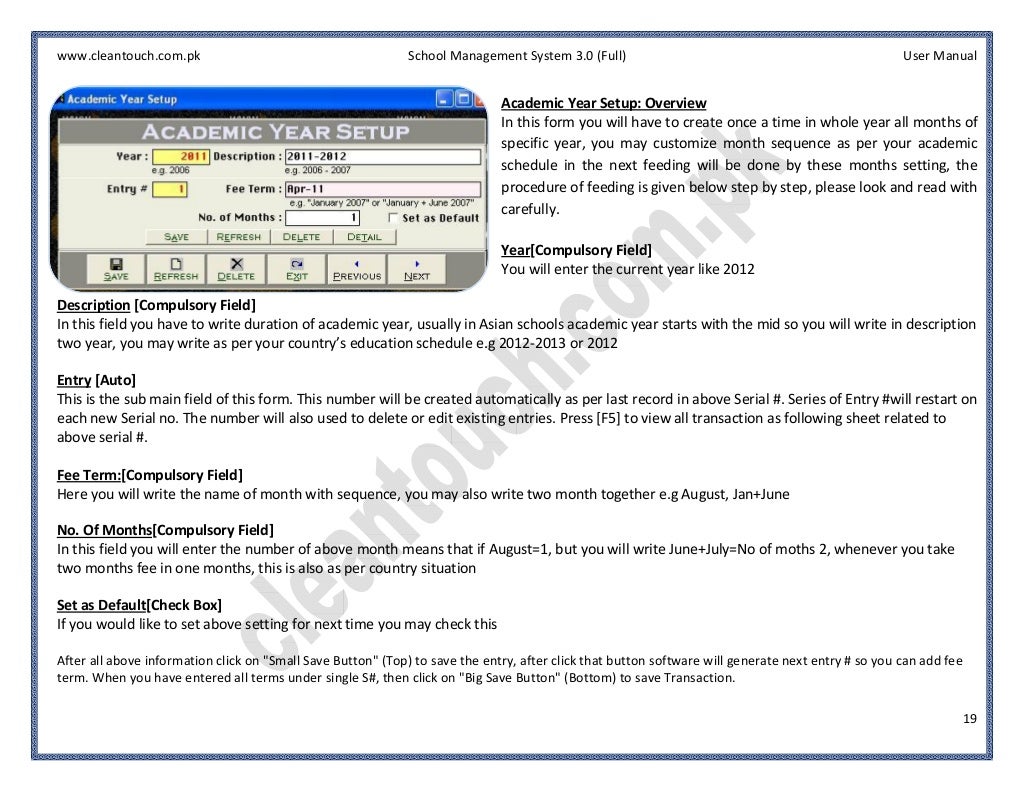

Students that apply after February 1st will be placed on a waiting list and only admitted if a spot comes open in the subsequent year.Īpplicants with an overall GPA below 3.0 should turn in an application before the February 1st deadline and then plan to take MARK 301 and DATA 301 during the summer or fall of their junior year. However, the Admission Committee prefers students to complete the application early in the fall semester to give them time to get to know the candidates before the February 1st deadline. In order to receive full consideration, applicants must have their application and recommendation letters completed no later than February 1st. Students may apply for admission to the program during their sophomore year if they have an overall GPA of 3.0 or above. Admission to the program involves a careful analysis of (1) academic records, (2) character references, (3) clarity of educational purpose, and (4) extracurricular activities which reflect the applicant’s potential for success in the highly competitive sports industry. The program seeks students who have demonstrated high standards of scholarship, outstanding personal character, and serious educational aims. Students are selected annually through a rigorous application process in the spring of their sophomore year. Player and Team Performance Analytics Track.Sports Business Analytics Track (Finance Focus).Sports Business Analytics Track (Marketing Focus).To prepare individuals for a career in one of these exciting fields, Samford's Center for Sports Analytics partners with Brock School of Business to offer rigorous sports analytics curricula for mathematically gifted and highly motived candidates paired with a real-world analytics internship in the sports industry.

The second department focuses on player and team performance and includes optimal lineup analysis, player scoring for recruiting and draft analysis, player salary optimization, simulation of games and analysis of game tactics. One department focuses on business-oriented application of data and includes analytics for ticket pricing, sponsorship activation effectiveness, fan loyalty analysis, promotions, social media, fan engagement and operations management. It is common for sports teams at the professional and college level to have two different sports analytics departments.

From customized game day experiences for fans to optimal game strategy for teams, the world of sports is experiencing a major paradigm shift thanks to big data. Teams are using analytics to improve the fan experience and team performance. Ever since the Oakland A’s Billy Beane used his “Moneyball” big data analytic approach to successfully compete against MLB big spenders, analytics across the world of sports has exploded. Working in the sports industry is incredibly alluring, yet notoriously hard to crack.


 0 kommentar(er)
0 kommentar(er)
